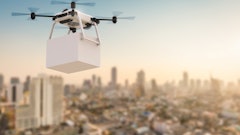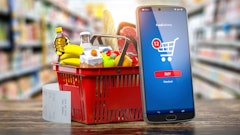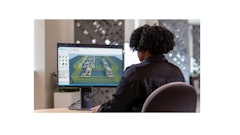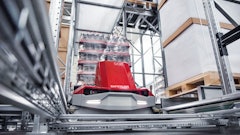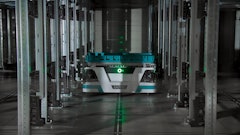
According to the USDA’s 2012 Census of Agriculture, the total number of American farmers continues to decline while fewer new farmers are stepping up to take their place. Contrast that with the forecast from the Food and Agriculture Organization of the United Nations (FAO), which warns that in order to avoid mass malnutrition caused by a world population that will burgeon to 9.6 billion by 2050, we will need to increase food production by 70 percent.
Currently, about 40 percent of the earth’s landmass is devoted to food production, and the remaining land—mountains, deserts and ice fields—are hardly amenable to conventional farming.
That’s the challenge. The answer is a multi-pronged approach that includes everything from aquaponics to vertical farming and “pinkhouses,” reducing food waste and improving cold chain management. It also includes advancements ushered in with software and technology.
Take ag bots like Rowbot, a small, self-driving agricultural robot that travels between rows of corn applying nitrogen fertilizer to the plants and collecting data from the crops. Teams of Rowbots can easily travel through 10-foot high cornfields to apply nitrogen throughout the growing season and also seed cover crops following the harvest. Drones like the eBee from senseFly capture aerial data for monitoring and responding to crop health. For instance, helping farmers to apply the right amount of water and fertilizer needed to boost yields.
Precision agriculture is one aspect of the global food supply chain where software and technology is making a big impact. Other innovations aim to reduce our reliance on animal protein and the myriad resources it takes to produce it.
Food created via a 3-D printer is still in the starting phase, but it’s making progress. At Hotel Arts Barcelona’s restaurant Enoteca, the menu includes a dish called “sea coral” that features a puree of sea urchin printed in the shape of a coral frond, topped with whole sea urchins, caviar, hollandaise sauce, an egg and a foam of carrot. At California-based Impossible Foods, CEO and founder Patrick O. Brown is working to perfect a vegan version of the all-American ground-beef patty. The company ranks as one of the best-funded food startups and has attracted investors such as Bill Gates.
Logistics and transportation providers are also rolling out services to improve visibility and provide predictive analytics. Maersk Line’s remote container management solution is creating “smart” reefer containers that provide critical intelligence on the condition of temperature-controlled freight and advanced information on the status and state of the reefer containers, which is slashing the time it takes the company to perform pre-trip inspections on its fleet.
We hope readers find some thought provoking content in this special edition devoted to software and technology. Perhaps next year we will offer a virtual reality version.
Enjoy the read.

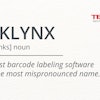

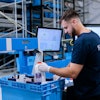
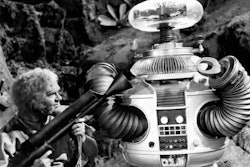
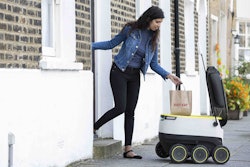
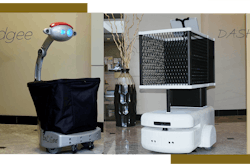


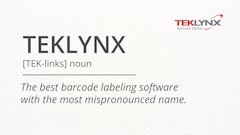

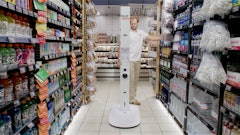

![Top Tech Startup Logo 2025 Vertical [color] (1)](https://img.foodlogistics.com/mindful/acbm/workspaces/default/uploads/2025/07/top-tech-startup-logo-2025-vertical-color-1.pZkBK95TLe.png?ar=16%3A9&auto=format%2Ccompress&bg=fff&fill-color=fff&fit=fill&h=135&q=70&w=240)
